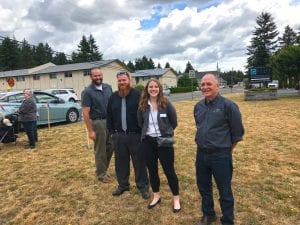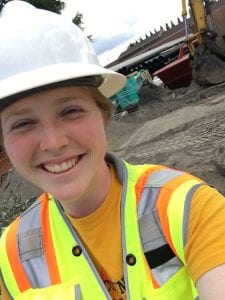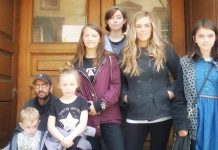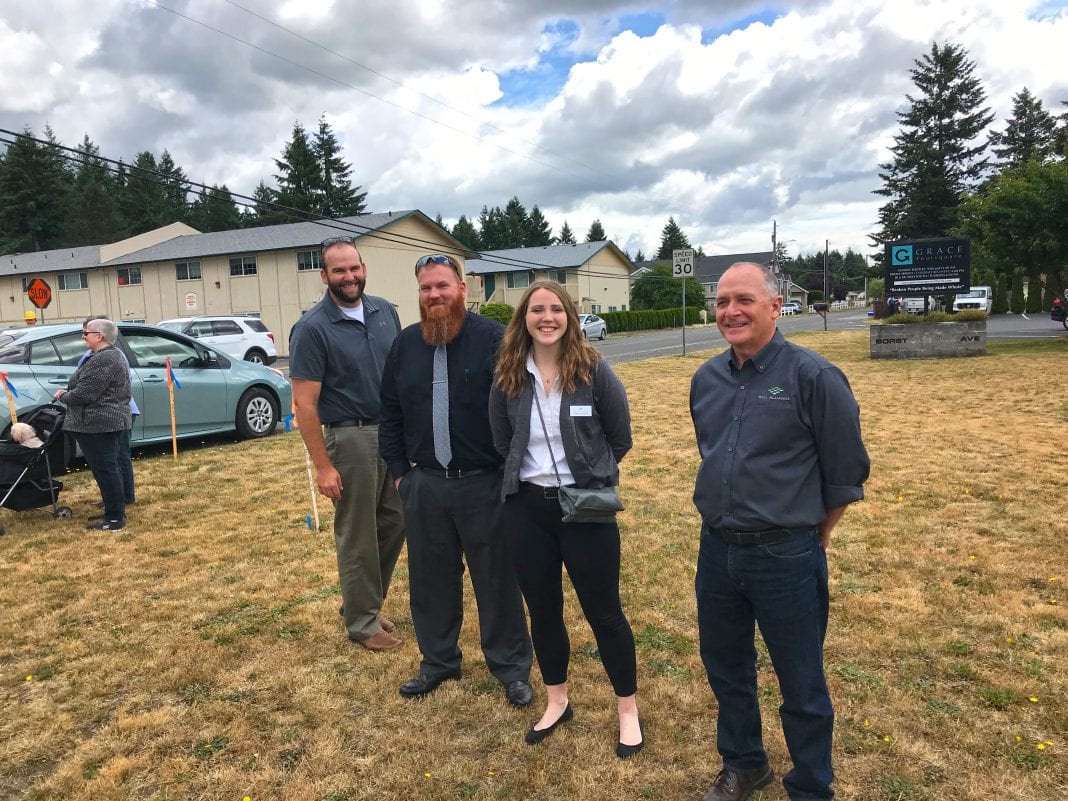When it comes to women in engineering, SCJ Alliance is working to defy industry norms. Nationwide just 15 percent of all engineers are women and that number has barely budged since 2001. Meanwhile, SCJ Alliance has a gender-balanced culture of women in positions often traditionally male-dominated.
At SCJ Alliance, half of the Executive Team are women, as well as their President and CEO, Jean Carr. “I strongly believe that having many women in influential roles within SCJ plays a large role in our ability to successfully set ourselves apart from the competition,” says Brandon Johnson, Principal and Civil Engineering Manager.

On February 20, the company will celebrate Introduce a Girl to Engineering Day, a global effort to show girls how engineers are making the world a better place and encourage them to explore engineering as an exciting and rewarding career. Thousands of women engineers worldwide will talk with girls about engineering and visit organizations that serve girls to share information about their jobs, lead hands-on engineering activities and answer questions.
For Centralia’s SCJ Alliance Design Engineer Sarah Howsden, gender was never relevant when it came to her career choice. “I don’t let other people tell me I can or can’t do something,” she says. “I figure out if I can do it for myself and I don’t take ‘no’ for an answer if I can help it. If you’re able and equipped to do a job, it shouldn’t deter you whether you’re male or female.”
Johnson agrees. “The work we do is complicated,” he says. “To be successful in our industry you need to be a problem solver. The math and physics that goes into every decision or recommendation we make do not care about your gender.”
Howsden’s introduction to engineering occurred close to home. Both her father and grandfather worked in construction, the former as a construction superintendent and the latter for the Federal Highway Administration. Her dad would bring her to different construction sites and show her how the process worked. “I enjoyed seeing how things were put together,” she says. “I thought it was something I would enjoy doing when I got older. Engineering was a good fit.”

At SCJ Alliance, Howsden works in transportation design and construction management, the latter of which includes field inspections. Her role involves designing and coordinating different project components and ensuring they all work smoothly together while considering different local, state and federal standards. “An example would be figuring out how to put different utilities into the ground under varying conditions while meeting all the regulations,” she explains.
Some of those utilities might require a certain amount of ground cover and spacing between them, but each jurisdiction has its own spacing specifications. “It’s like a puzzle,” Howsden says. “You need to fit sewer, water and storm water facilities in most, if not all, new roadway projects. Each site is different and has different restrictions. Being able to figure out the best way to ‘fit’ these pieces together is very satisfying, especially knowing they are helping the community.”
While SCJ Alliance is decidedly co-ed, nationally the picture looks a bit different. Within the workforce just 13 percent of engineers are women, and among the different science, technology, engineering, and math fields, engineering continues to have one of the highest rates of attrition. Between 1991 and 2001 the number of women enrolled in engineering courses grew from 16 percent to over 20 percent but fell to 17 percent by 2009. Just 21.8 percent of undergraduate engineering students were women in 2019.

Photo courtesy: SCJ Alliance
That’s a statistic that campaigns like Introduce a Girl to Engineering Day, also known as ‘Girls Day,’ aim to change. The event is part of Engineering Week or EWeek, seven days of activities dedicated to ensuring a diverse and well-educated future engineering workforce by increasing understanding of and interest in technology careers. The week was founded by the National Society of Professional Engineers in 1951, a formal coalition of more than 70 engineering, education and cultural societies and more than 50 corporations and government agencies.
Johnson hopes that girls come away from the experience inspired to learn more about engineering. “In my opinion, there’s no better job in the world,” he says. ‘We get to use our creativity and expertise to solve problems. The sense of pride you get when a project you’ve designed has been constructed and it is making your community a better place is hard to rival in the corporate world.”
For her part, Howsden recommends that any girl with an interest in STEM take the opportunity to job shadow. “I’d be more than happy to show people what I do,” she says. “A lot of girls may not know what exists or that a job like this is even an option. If you’re good at math and science and you like puzzles, it can be a lot of fun.”
Learn more by visiting the SCJ Alliance website or calling 360-669-0700.
Sponsored













































